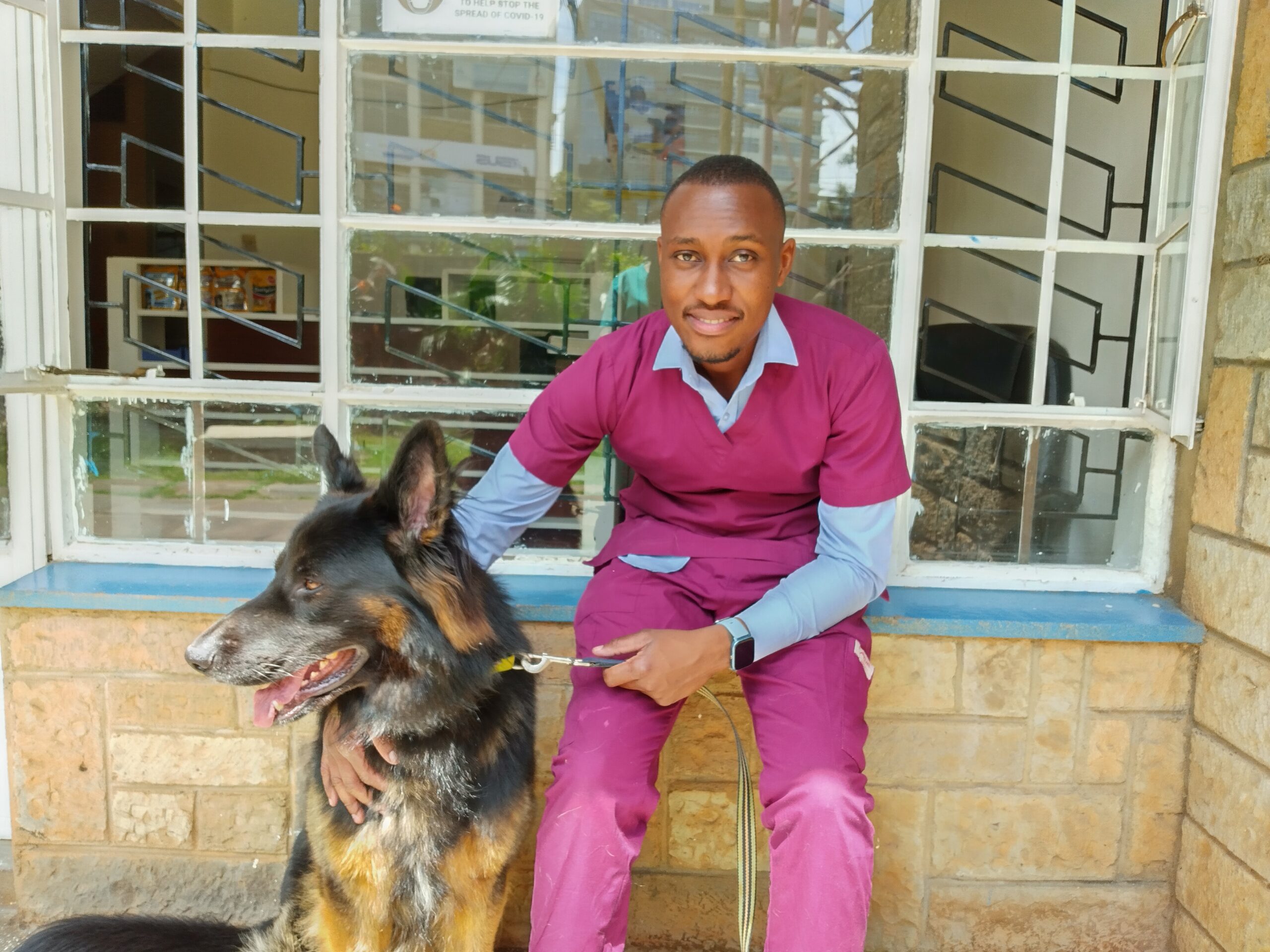If you suspect that your dog has a leg fracture, it’s crucial to seek veterinary attention immediately. Fractures can cause pain and potential complications, and prompt veterinary care is essential for proper diagnosis and treatment.
Here’s a general guideline on what to do after your dog has a leg fracture and what to expect from the vet:
1. Stay Calm:
- Keep yourself calm to help reassure your dog. Speak to your dog in a calm and soothing voice.
2. Prevent Further Injury:
- If possible, gently muzzle your dog to prevent biting in case of pain or fear.
- Do not attempt to splint or cast the leg yourself, as improper immobilization can cause more harm.
3. Transportation:
- Carefully and gently move your dog to a flat surface for transportation. Use a board, stretcher, or blanket to support the fractured leg and minimize movement.
4. Visit the Veterinarian:
- Go to the veterinarian or an emergency veterinary clinic immediately.
- Call ahead if possible to inform them about the situation so they can prepare for your arrival.
5. Diagnosis:
- The vet will conduct a thorough examination and may order X-rays to confirm the diagnosis and assess the extent of the fracture.
6. Pain Management:
- Your veterinarian will likely provide pain relief for your dog, which may include medication.
7. Treatment Options:
- The treatment plan will depend on the type and location of the fracture.
- Options may include casting, splinting, surgical intervention, or a combination of these.
8. Hospitalization:
- In severe cases, hospitalization may be required for surgery and postoperative care.
9. Postoperative Care:
- If surgery is performed, your veterinarian will provide instructions for postoperative care, including medications, activity restrictions, and follow-up appointments.
10. Recovery:
- Follow your vet’s instructions for at-home care and ensure that your dog has a comfortable and quiet place to rest during the recovery period.
- Keep your dog’s environment safe to prevent further injuries.
11. Follow-Up Visits:
- Schedule and attend any follow-up appointments as recommended by your veterinarian.
12. Rehabilitation:
- Depending on the severity of the fracture, rehabilitation exercises and physical therapy may be recommended to help your dog regain strength and mobility.
It’s important to note that the specific steps and expectations may vary based on the type and severity of the fracture. Always follow your veterinarian’s advice for the best outcome for your dog’s health and well-being.







